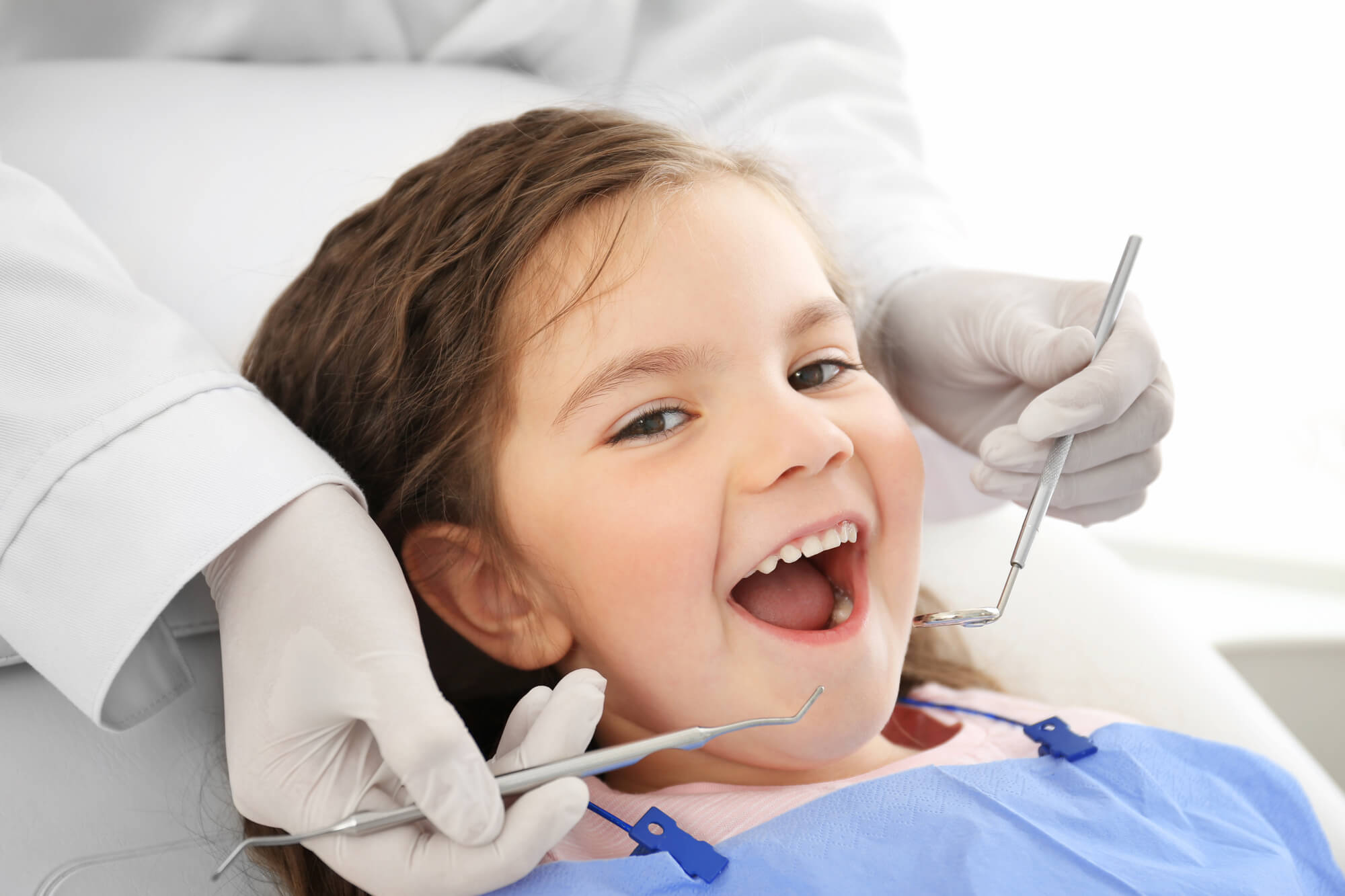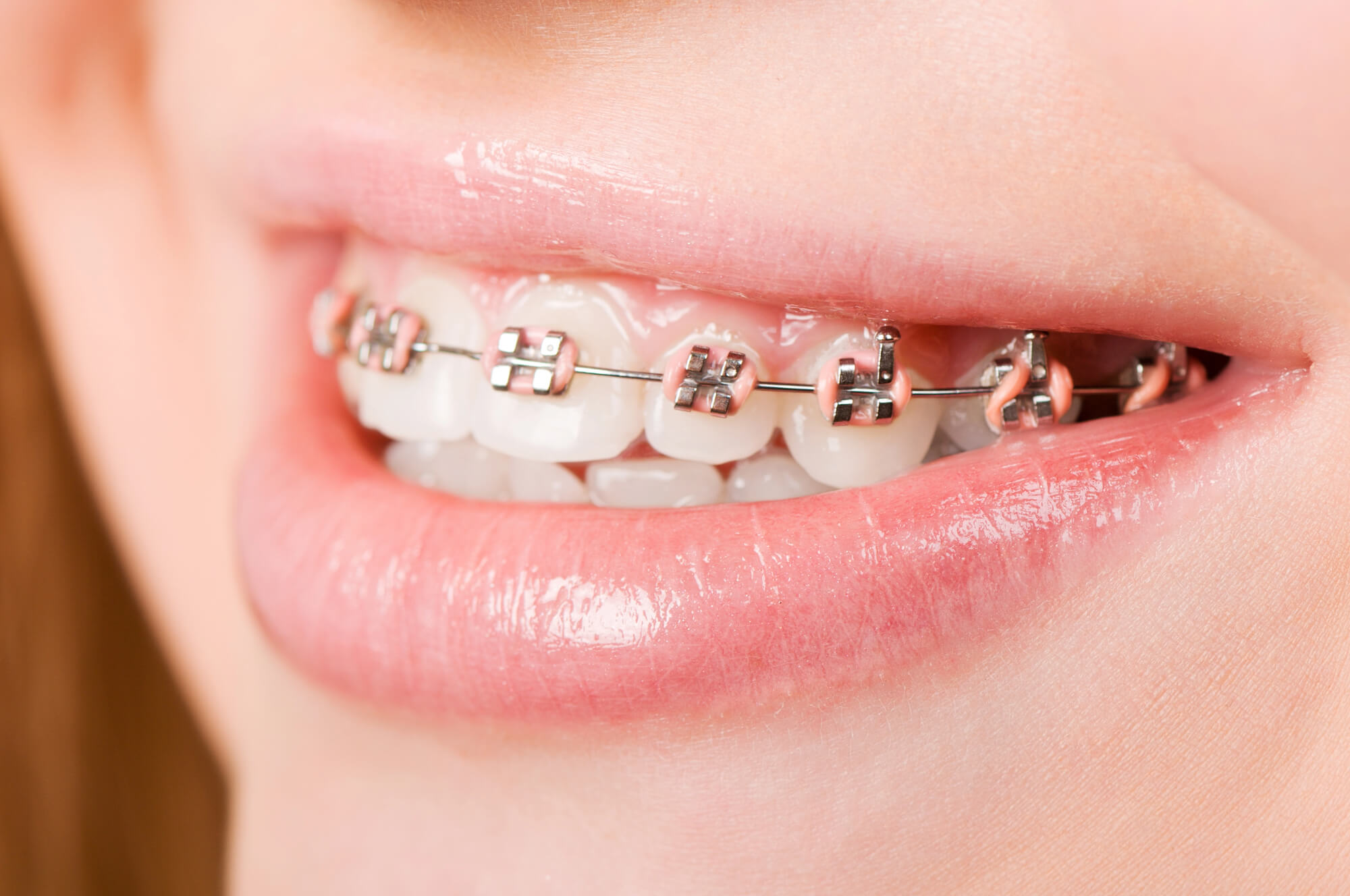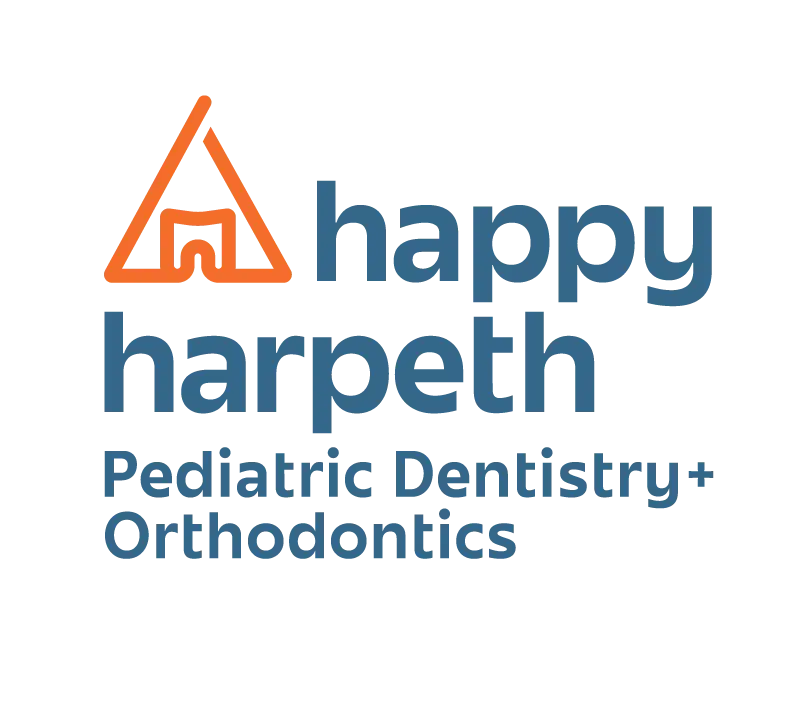When it comes to children's orthodontics in Smyrna, TN, timing is everything. The right age varies depending on individual dental development, but children’s bones are more flexible, so early treatment can ensure better and quicker results, reducing the discomfort your kid may experience. Nevertheless, too early may also be unfavorable.
While decisions are made on a case-by-case basis, understanding the risks and benefits of early treatments may help parents make a decision. To help you with that, this article will explore the ideal age for getting braces, the signs that indicate your child may need them, and the potential risks of starting treatment too early.

When It’s Time to Start Orthodontics
The American Association of Orthodontists advises that children have an evaluation with an orthodontist by the time they turn seven, as this is a great time for an initial assessment.
At this age, children usually have a mixture of baby and permanent teeth, which makes it easier for the orthodontist to identify potential problems like overcrowding, bite problems, and misaligned jaws early on.
However, most kids won’t start wearing braces until they are between the ages of 10 and 14. Since their jaw is still growing and most of their permanent teeth have erupted, the braces can reposition the teeth, offering a long-lasting effect.
Furthermore, similar treatments are frequently received by kids in this age range, which can help the experience feel less socially alienating and more normal.
So, what use does that initial assessment really have?
Can You Start with Orthodontics Earlier?
Orthodontists recommend seeing a professional when your kid turns seven because this is an ideal age for identifying potential issues early on and devising a personalized treatment plan to address them.
Kids have more options when their baby teeth are still in, as there’s more flexibility in moving the teeth.
Orthodontists may suggest a two-phase treatment plan in these circumstances. The first stage may involve the use of appliances other than braces, such as expanders, and is centered on treating serious problems early on, such as severe jaw discrepancies or habits like thumb sucking.
The second phase occurs when the child is older and braces are worn to realign the permanent teeth.
Cons of a Two-Phase Treatment
In the past, orthodontists would advise braces only after the permanent teeth erupted. However, experts may be able to shorten or simplify subsequent treatments by creating an anticipated treatment plan.
But no solution is flawless in every way.
The issue with early interventions is that, after a few years, the child might require additional phases of intervention. Ultimately, four years of orthodontics are required, as opposed to the original two years. Because of that, many professionals prefer starting treatment after all the permanent teeth have come in. Other reasons against it are:
- Expanders, for example, are not always the best option, even though many orthodontists advocate for them. The upper arch's expansion does not reach a stable position at this age. Certain patients may require permanent retainers to preserve the additional space in their mouths because expansion may relapse and fail to hold.
- Younger children may also find it difficult to maintain the necessary oral hygiene while wearing braces, as they might not have the maturity or comprehension to properly take care of their braces. Treatment may become more difficult if gum disease, cavities, and plaque accumulation occur as a result of not cleaning your braces.
- Additionally, some professionals caution against the potential psychological effects of early braces placement. Young children's confidence and social interactions may be impacted by feelings of self-consciousness or being different from their peers. Furthermore, they might experience emotional distress if they have to wear braces for a longer amount of time.
For these reasons, dentists will often advise to wait until children are a little bit older before starting treatment.
So, why is early intervention sometimes advised?

Conditions That Warrant an Early Intervention
Two-phase therapy is typically saved for the most complicated cases and is not always required. The objective is to enhance the general appearance and functionality of the teeth and jaws while lowering the need for later, more invasive procedures.
This treatment is frequently used to treat issues like overjets, protruding or sticking-out teeth, and crooked teeth that only require minor straightening. Additionally, jaw problems like overbites, underbites, and crossbites may call for early treatment.
But for many kids, the best course of action is to keep a close eye on their dental development and wait until most of their permanent teeth have erupted. Minor problems sometimes go away on their own as a child gets older, lessening the need for early intervention.
Common Signs Your Child May Need Braces
There are a number of signs that your child may require braces, even at a young age. Here are some common signs:
- Crowded or Overlapping Teeth: Permanent teeth erupting in an irregular pattern frequently require braces to create the proper spacing.
- Bite Issues: Braces can be used to correct bite issues such as an underbite, crossbite, or overbite, resulting in a proper alignment of the jaw.
- Biting or Chewing Difficulties: If your child finds biting or chewing their food difficult, it may be a sign of alignment problems.
- Mouth Breathing or Thumb Sucking: These habits can affect how the jaw develops and necessitate orthodontic treatment.
- Early or Late Loss of Baby Teeth: The loss of baby teeth can impact the alignment of permanent teeth, sometimes requiring braces.

Learn More About Orthodontics in Smyrna, TN
Selecting the ideal time for braces requires considering your child's unique dental development as well as the possible consequences of beginning treatment too soon. Although the best age for a first consultation is seven years old, most kids benefit more from delaying braces until they are ten to fourteen years old.
You can put your child on the path to a healthier, more self-assured smile by collaborating closely with an orthodontist to make sure they receive the appropriate treatment at the right time. Reach out to Happy Harpeth Pediatric Dentistry & Orthodontics, and let us work together to achieve that!





